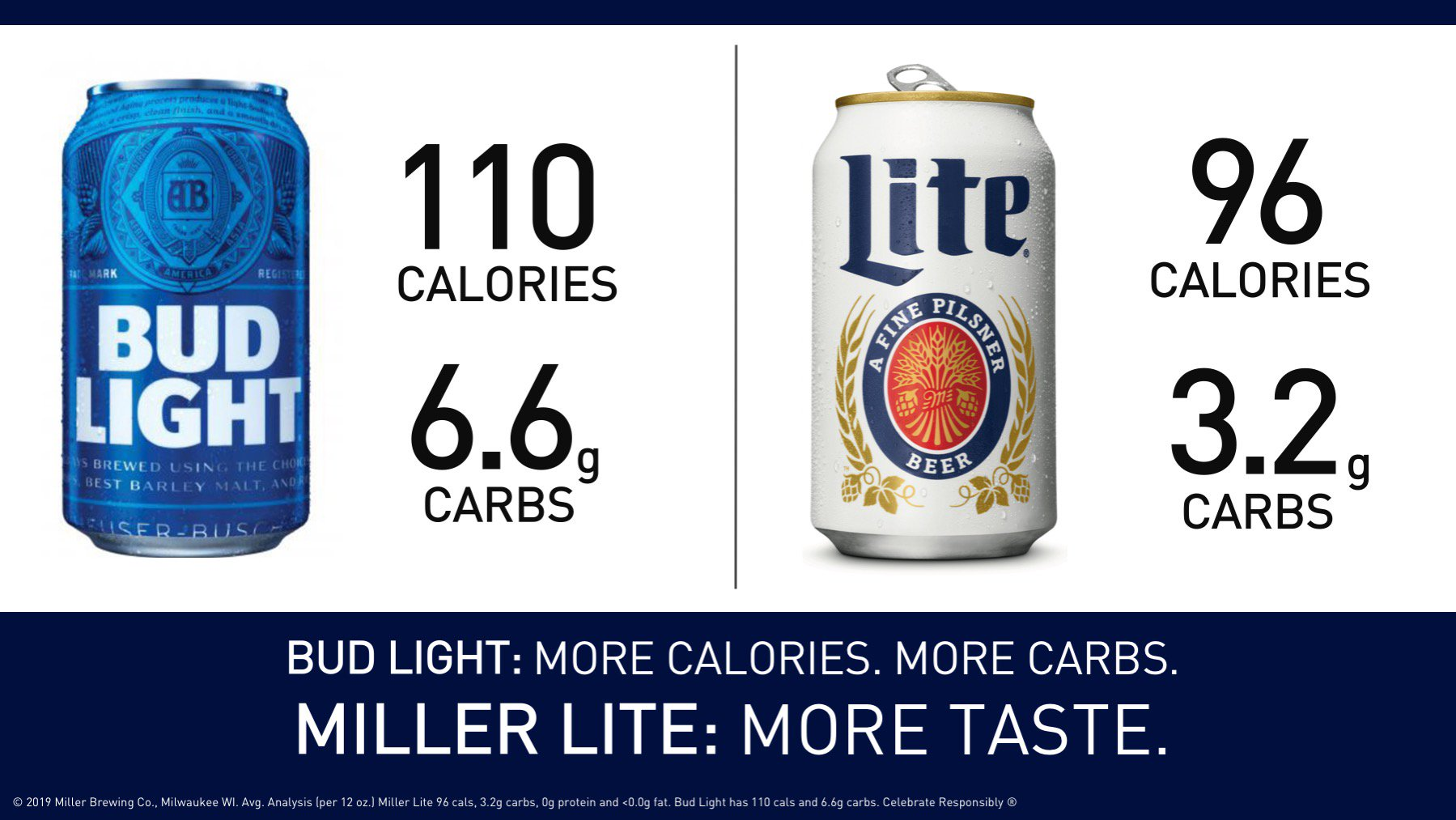Informative advertising is a marketing approach that requires using facts to highlight the benefits of a product’s features instead of appealing to customers’ emotions.
In this article, we’ll consider the objectives, pros, and cons of informative advertising. We’ll also compare it to persuasive ads and provide some examples.
Informative Advertising Objectives
The main goal of any ad is to sell a product. The only difference is the choice of techniques. Each of them provides specific opportunities to reach a particular goal. Besides, some techniques tend to perform better in different industries.
Informative advertising aims to persuade a user to make a decision by providing facts and statistics that support the value and relevance of a product. It’s vital that users can fact-check any statement. As a result, informative ads make consumers trust a company and help brands build authority.
To help you realize the power of this type of advertising, we’ll shed light on its pros.
Advantages of Informative Advertising
Incorporating this marketing approach will help you contribute to both sales and your brand image. Firstly, by using informative advertising, you can establish a strong brand reputation because consumers will consider you a source of reliable data.
Secondly, you’ll manage to educate people. Having a great product doesn’t guarantee that customers will make the most out of it. Hence, teaching them how to get the full benefit of your brainchild will help people realize your potential and make decisions faster.
Thirdly, informative ads are the best choice for building the demand for a new product. Marketers strive to increase the primary demand and focus on highlighting the benefits of a product itself rather than promoting it based on its reputation and brand identity. This way, consumers are aware of the potential benefits they may get.
In addition, informative advertising helps marketers avoid potential lawsuits in the future. This is especially popular in the pharmaceutical, tobacco, and beauty industry. Consumers are warned that this or that product can’t be used during pregnancy, lactation, driving, and having diseases. This way, companies stay on the safe side.
Informative advertising offers a wide range of benefits to companies. Besides, this type of advertising is pretty appealing because people tend to believe figures and stats.
Conversely, persuasive advertising appeals to human emotions rather than reason. Let’s see the difference between these types of ads.
Informative Advertising vs. Persuasive Advertising
While informative advertising heavily relies on facts and statistics, viewing them as a driving force that persuades users to buy, persuasive ads appeal to customers’ emotions.
Marketers prefer persuasive advertising to make consumers feel successful using their products. Let’s take companies that sell highly competitive products. For example, marketers promoting toothpaste persuade users that they will have a fresh breath for a long time after using it. A fresh breath guarantees a more pleasant experience of communication with other people, which defines success in a certain way. Luxurious products are promoted using a similar strategy.
Hence, informative advertising provides people with facts that make them choose this or that product, while persuasive ads appeal to their feelings and emotions.
Let’s have a look at the example to better understand how informative advertising works.
Informative Advertising Example
You’ve definitely seen some informative advertising campaigns in your everyday life, so let’s recall one of the most significant ads.
After Bud Light accused Miller Lite of using corn syrup in brewing their beer, Miller Lite struck back at the brand by providing some figures that make us believe their beer is less harmful to the health.

Congrats, now you know about the objections, benefits, and peculiarities of informative advertising, which means that you can make the best choice for your business!
Resources:
- This article provides some informative and persuasive advertising basics.
- This article considers the benefits of informative advertising.
- This article offers five examples of informative ads.
Last Updated: 22.03.2023

or